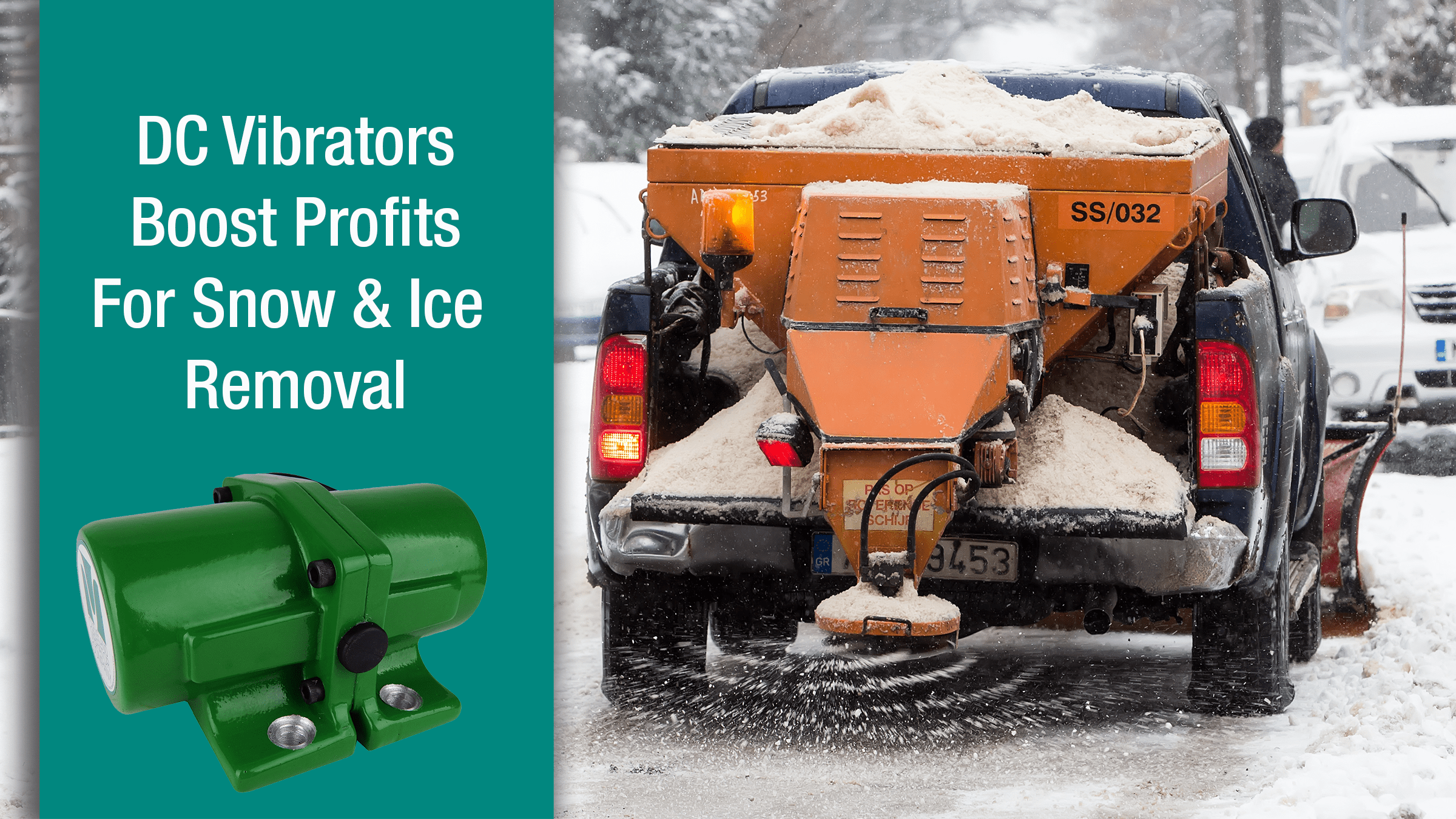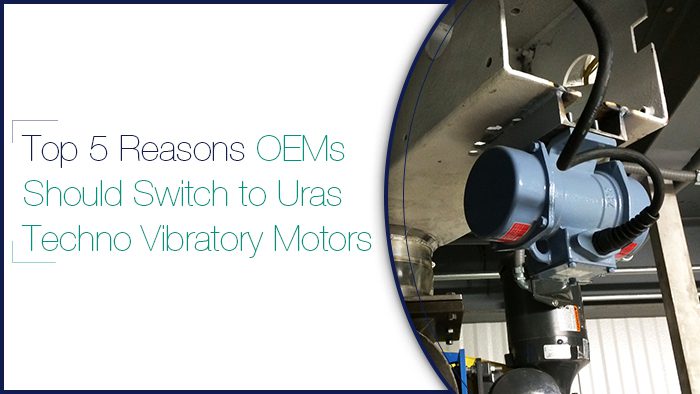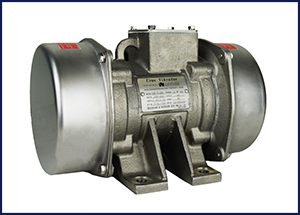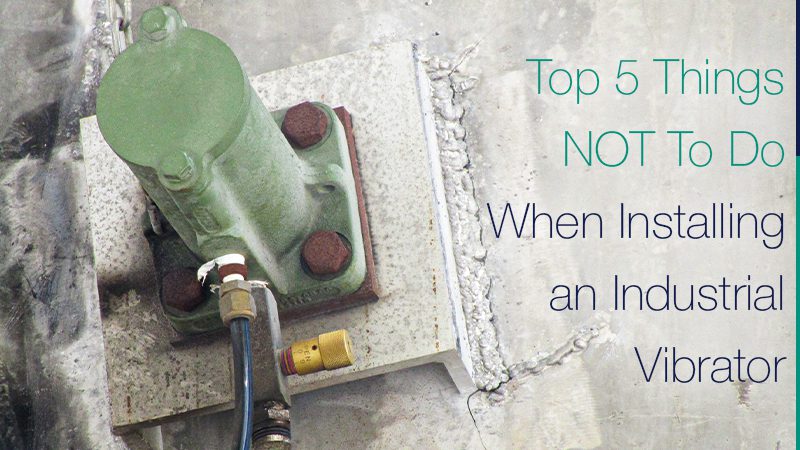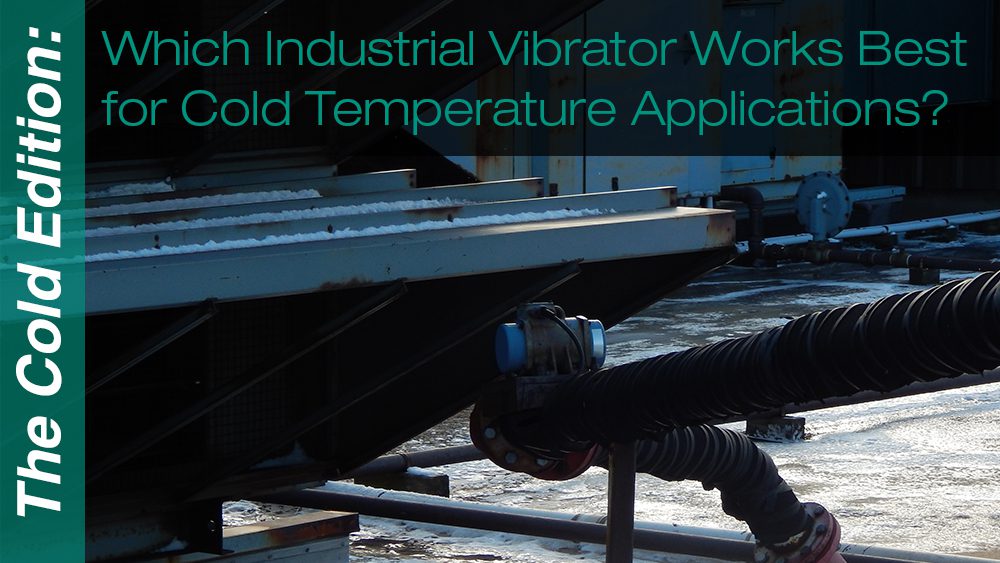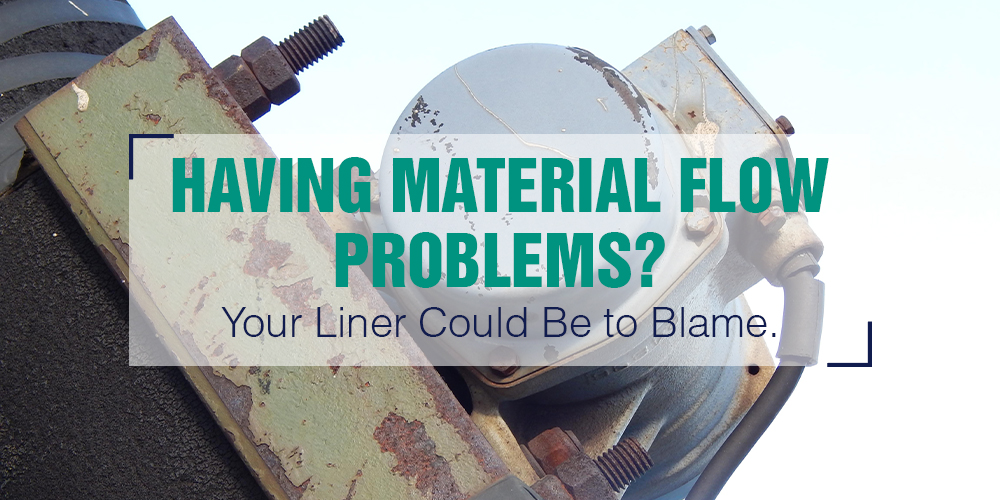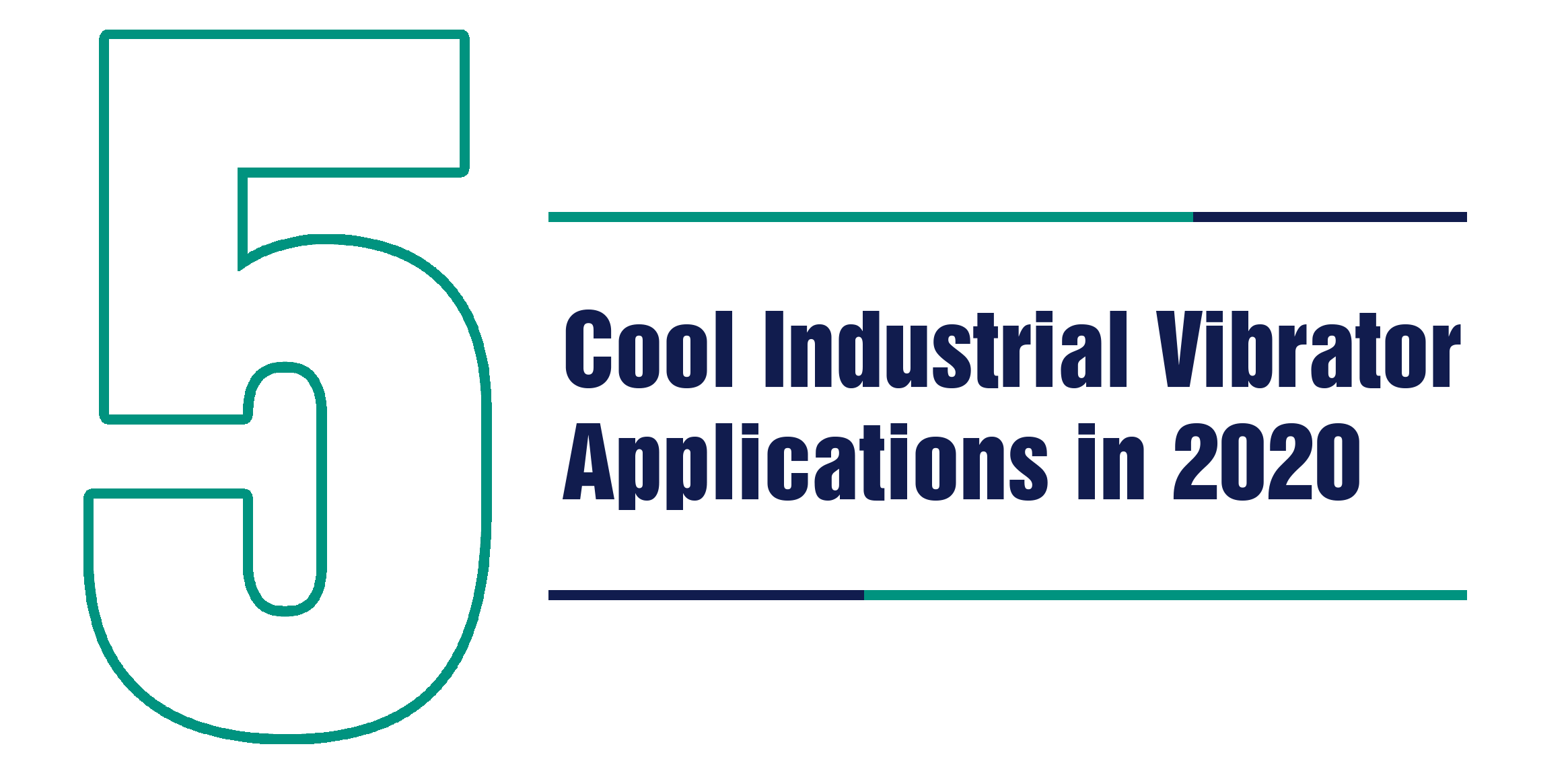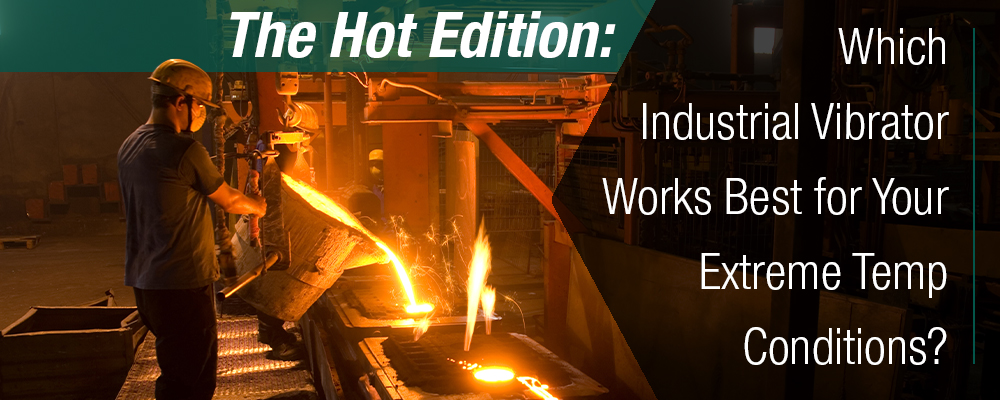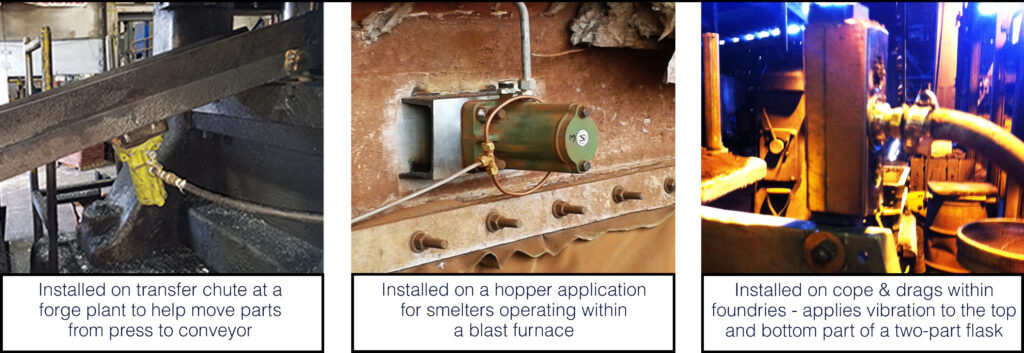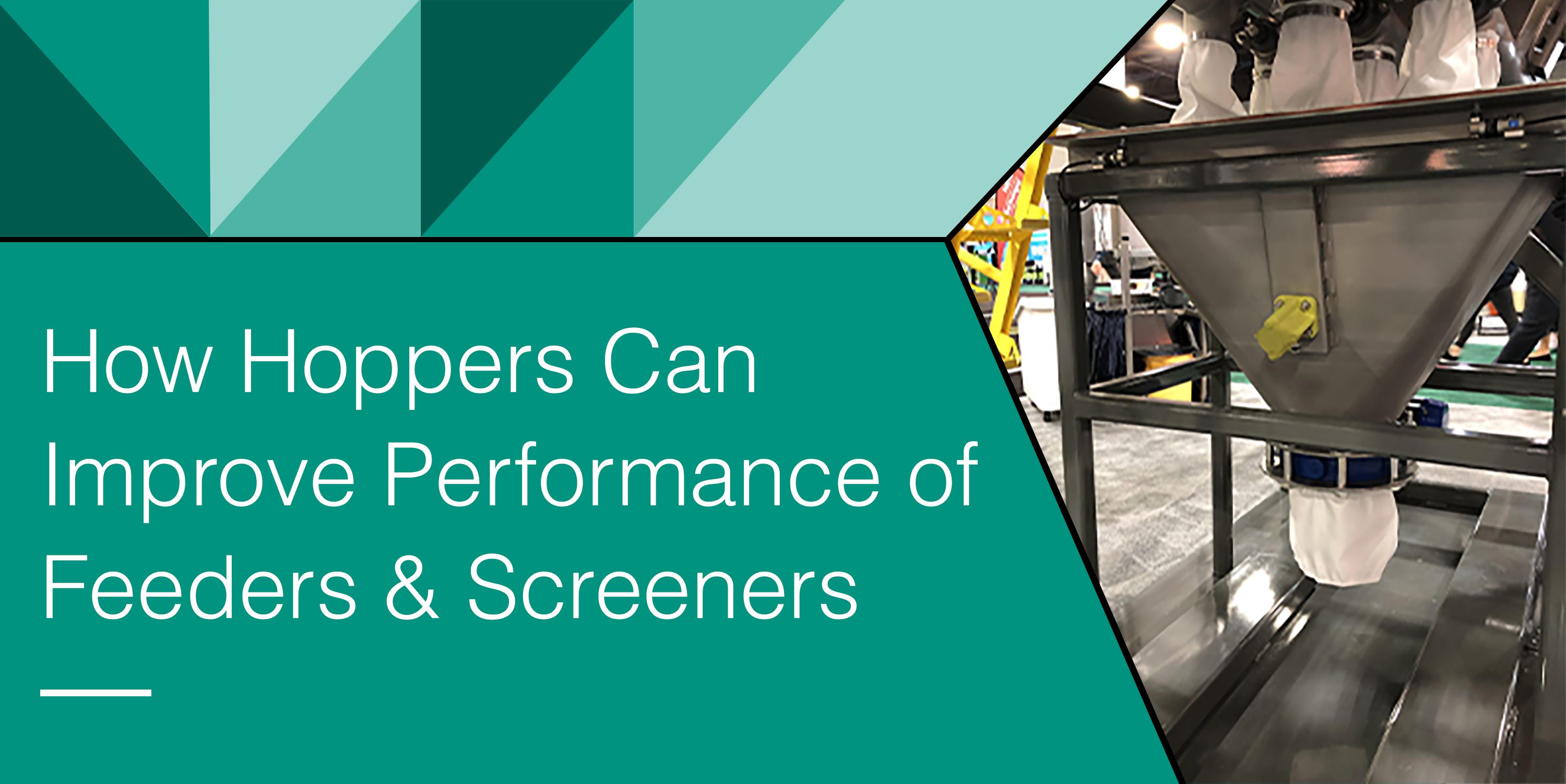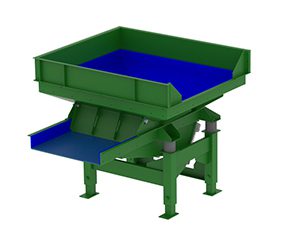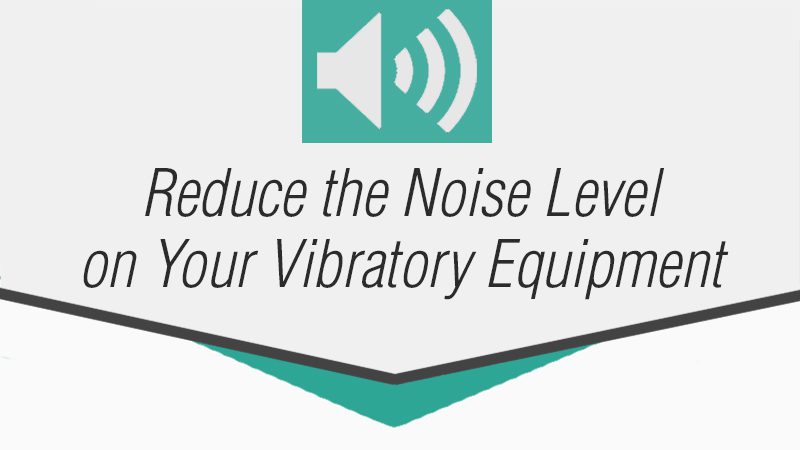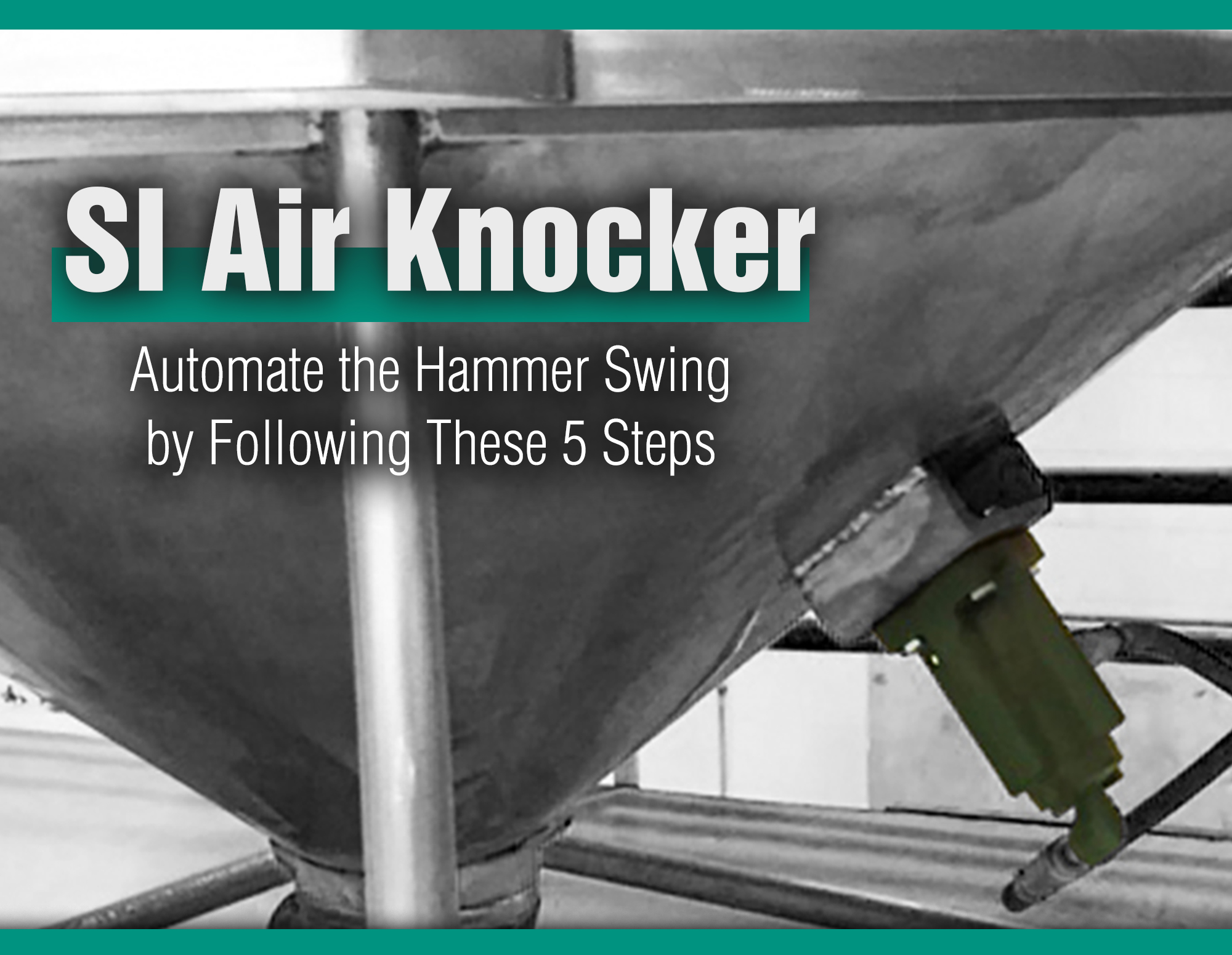Reliable DC Vibrators Boost Profits for Snow & Ice Removal
By Katy Sabo
Operators waste valuable time manually freeing clumped rock salt out of their spreaders when an automated solution, like DC Vibrators, is available.
Over 70% of U.S. roads are located in snowy regions that experience more than 5 inches of snowfall yearly.
The national average snow removal costs and salt application for private homeowners/business entities were approximately $150/service date. Snow Plowing Forum suggests it typically takes to plow an average driveway is 10-15 minutes. *It should be noted that these numbers can fluctuate based on geographic location, weather severity factors, and individual location needs.
If we took a quick look at theoretical numbers, it would indicate that snow and ice removal businesses could make ~$720/hr. (~12.5 minutes/service x $150). What if one or two minutes per service were used to promote the flow of salt from the spreader hopper manually? This could result in a profit loss between 8% to 19% per hour, the worst-case scenario.
Read More…
Katy Sabo has been the Industrial Vibrator Duchess of The Cleveland Vibrator Company since 2014. The originator of #VibrationEducation, Katy has helped create CVC brand awareness across the globe and has made it her personal priority to share the importance of Industrial Vibration with anyone willing to listen! When she isn’t shaking things up in the Marketing Department, you can usually find her shopping with her favorite sidekicks (she’s the proud mom of two little ladies), going on long walks/runs with her favorite furry family members, or rooting on any Cleveland team with her diehard fan of a husband.
Share this blog post:


